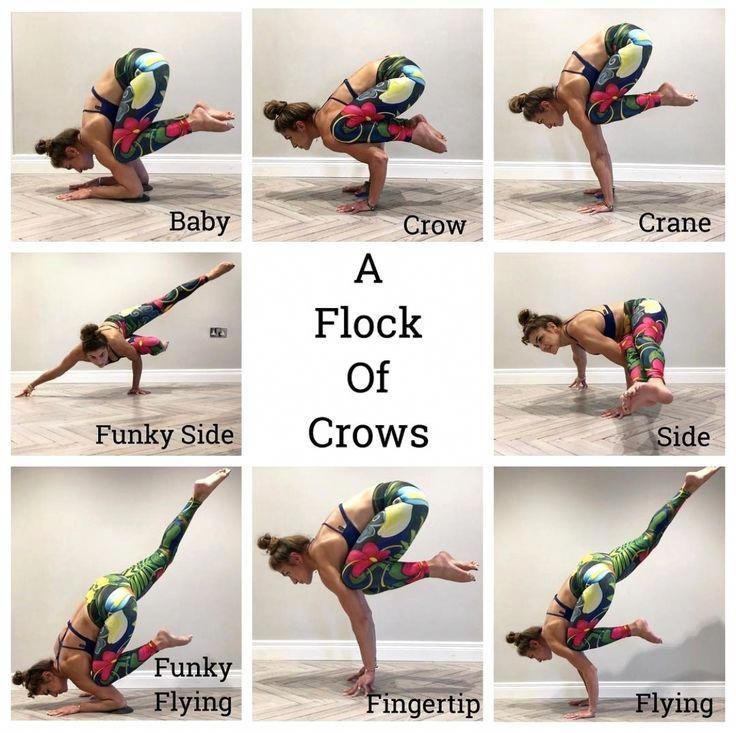
There are many approaches to the question of consciousness. Some approaches focus on the same elements of the underlying mental phenomenon while others are more specific. This article explores the different concepts of conscious awareness, and what they entail. We will also discuss self-awareness. These concepts can be very helpful in understanding consciousness. How do we identify what consciousness really means? These are the questions we will explore in detail in this article.
Awareness
We'll be exploring the relationship between consciousness, awareness, and their relation to one another in this article. Consciousness, as an experience, is a multifaceted concept with a long intellectual history. This article will explore how these two concepts relate to each other and their respective practices. Let's have a closer look at the meanings of each term. What is awareness? What is awareness? How does it relate with the self
Wakefulness
A state of alertness called wakefulness. Unlike sleep, it's not something you can control, such as staying awake in class. It is possible to manage it, which has many benefits. These are some of its advantages. It can keep you awake during class. If you're constantly drowsy, it can be difficult to stay awake in class. Also, mindful wakefulness can be good for your health.
Self-awareness
Self-awareness can be described as a crucial skill that allows a person to recognize their strengths and weaknesses. Taking time to write down your strengths and weaknesses and asking others to give you feedback can help you improve your self-awareness. You can gain a deeper understanding about yourself and your relationships by developing self-awareness. Continue reading to find out how to increase self-awareness.

Autopoiesis
Autopoiesis may be an important component of DNA. DNA is composed of genetic derivatives which can be used in the production and modification of proteins, enzymes, nucleotides, lipids. DNA autopoiesis can be described as a complicated process that requires genetic underpinning. A degree of conscious awareness may be required for DNA autopoiesis. It is not known if conscious awareness stems from DNA molecules.
FAQ
Do I need to get warm before doing yoga?
No. It doesn't matter if you are warming up before starting a yoga class.
Stretching your muscles before you exercise can help to loosen stiff muscles.
What is the average time it takes to learn yoga?
Like any skill, it is important to train your brain in order to properly perform yoga. You can practice yoga at your own home once you are comfortable with the basic positions.
Begin by warming up for 20-30 minutes before you begin your class. Begin by warming up with simple stretches. Then, move on to more challenging poses.
After mastering the basics, you can progress to intermediate classes where you will learn more advanced moves. If you are just starting yoga, you might begin with basic poses such as the Tree (Vrksasana), and Mountain (Tadasana) standing poses.
Where can I find an experienced yoga teacher?
Local yoga teachers are available. You may also be able to search for a teacher online if you aren't located near a studio. Online registration is also an option.
What are some of the health benefits that yoga has for you?
Yoga is an ancient tradition that originated in India. Hindu monks developed it over several centuries as a way to improve physical fitness and mental well-being. Yoga is used by many people for stress relief and relaxation. Some people believe that yoga improves strength and flexibility.
Yoga improves balance, coordination, and is a great exercise option for seniors who want to keep active. It can help prevent injuries from falls or other causes.
Yoga is good to your heart because it strengthens you cardiovascular system. This is helpful if you're overweight, have high blood pressure, or suffer from diabetes.
Yoga reduces stress and anxiety as well as depression and insomnia. For those with arthritis or fibromyalgia, yoga can be especially beneficial.
Your muscles lose elasticity as you age. Yoga is a great way to keep your muscles strong and flexible. As you get older, you'll notice that yoga increases your energy and stamina.
According to the National Institute on Aging, regular yoga can reduce depression symptoms such as fatigue and feelings depressed. According to the institute yoga can increase bone density and lower cholesterol.
Yoga can also be used to relieve headaches and back pain. Yoga's gentle pace and slow movements make it a great choice for relieving muscle spasms.
I do already engage in some type of physical activity. What are my options for yoga?
Yes! Yoga can help you train even if your physical activity is not too high. When you combine yoga and other exercises like running, biking, swimming, or lifting heavy weights, you will see more results.
This is because yoga helps you focus on proper breathing techniques, which help you burn calories faster.
Additionally, it can increase your endurance level. No matter your level of experience, yoga can bring you the benefits.
Can I do yoga at home?
Absolutely! There are many ways to practice yoga at your home. For example, videos, DVDs/CDs, CDs, magazines and apps can all be used to practice yoga at your home.
YouTube offers free access to online yoga videos. It is best to have a qualified instructor guide you through the movements.
What is the difference in yoga and pilates?
While both yoga and pilates can be great for working out, their approaches are different. Both involve stretching, but pilates focuses on postures that challenge your core muscles while building strength.
Pilates emphasizes balance and strengthening core muscles. You can also use yoga to supplement pilates classes.
Statistics
- According to the Agency for Healthcare Research and Quality, falls are incredibly common among older adults in nursing facilities. Even the simplest ones can increase the risk of death (24). (healthline.com)
- About one in seven U.S. adults practiced yoga in the past 12 months, according to a 2017 national survey. (nccih.nih.gov)
- Gentle yoga has been shown to ease some of the discomforts of tender, swollen joints for people with arthritis, according to a Johns Hopkins review of 11 recent studies. (hopkinsmedicine.org)
- A 2020 review of 27 studies (1,805 total participants) of yoga interventions in children or adolescents found reductions in anxiety or depression in 70 percent of the studies, with more promising results for anxiety. (nccih.nih.gov)
- According to calorie estimates calculated at Harvard Medical School, the average 125-pound person burns about 120 calories in a half hour of hatha yoga, and a 185-pound person burns about 178 calories in that half hour. (everydayhealth.com)
External Links
How To
What is the best position to practice yoga?
There is no right or wrong way of practicing yoga. Every person is different. Only you need to choose the positions that feel most comfortable.
Here are some common poses:
Standing poses - Standing poses are suitable for beginners because they allow you to see how your body looks from different angles. These poses make it easier for you to focus on your breath.
Forward bends – Forward bends can be used to loosen tight areas in the body. You can do them sitting down or lying down.
Backbends: Backbends can be considered advanced poses. Instructors can help you decide if this is a pose you would like to try.
Inversions - Inversions are poses that require you to balance yourself upside down. This is a challenging but rewarding type of yoga.